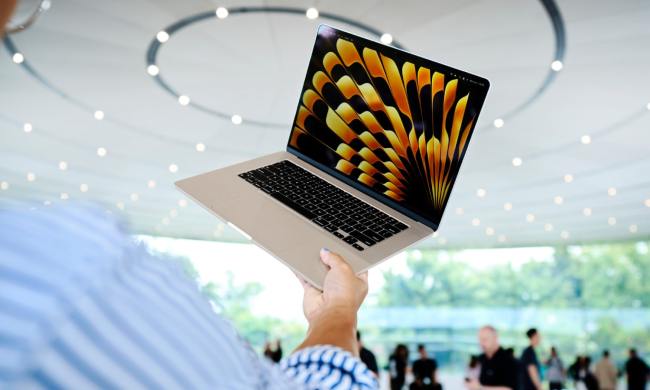Apple is reportedly planning to release its first Mac powered by an ARM processor by 2021.
Three different Mac processor chips are in the works, including one that is based on the A14 chip that’s in the upcoming iPhone, according to Bloomberg. The new processor would be even faster than the ones currently found in the iPhone and iPad.
The move to make its own chips instead of using Intel processors reportedly lets Apple can have more control over its devices, as well as to set the company apart from other tech rivals. Apple relies heavily on Intel for its performance capabilities and its release schedule; by using Apple-made ARM processors, Apple would be fully in control of their products.

ARM-run Macbooks have long been rumored, but there was never any hard evidence that Apple had a secret plan to ditch Intel for good.
An official announcement about the processors could very well come at the Apple Worldwide Developers Conference (WWDC) in June. Apple dropped a huge hint last month in the form of a photo of what looks to be the back of a MacBook, which means some big news is coming about it.
We have speculated in the past that the first ARM-powered Mac would be a MacBook Air, since this model is designed for using more straightforward applications, and many people only ever use the preloaded apps.
Digital Trends reached out to Apple to confirm the rumors of Apple-made ARM processor chips, and to comment on when we might be able to expect to see them roll out. We will update this story when we hear back from them.



